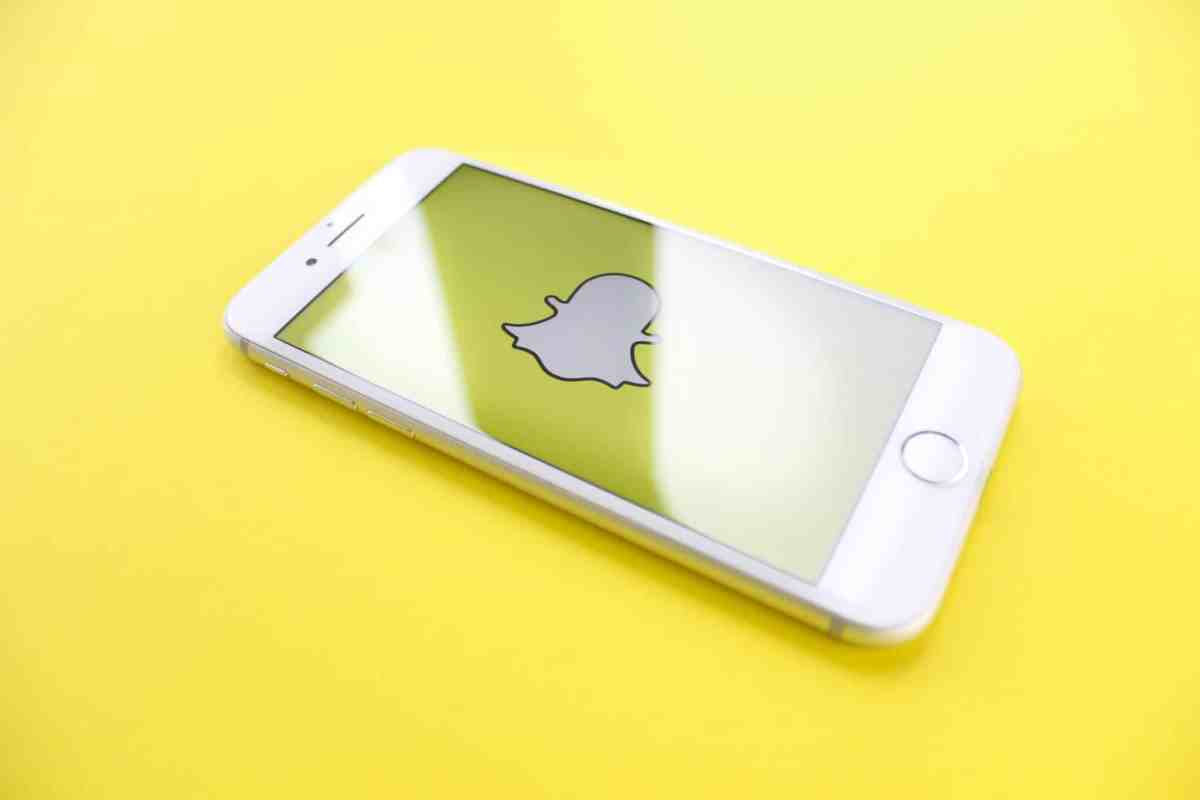Why Can’t I Stop Sending Snaps on Snapchat?

Since its launch in 2011, Snapchat has evolved into one of the most popular social media platforms to share photos and messages. A study found that 48% of internet users between 15-25 years in the United States use Snapchat, and a number of new releases of captivating mechanisms have drawn in mostly teenage users over the years. But what keeps you compulsively coming back to Snapchat? Today we’re examining the addictive aspects of this social media app that contributes to its mass popularity.
Snapchat Stories and Discover
The core feature of Snapchat is that all of its content disappears, from the photo-message snaps that last up to 10 seconds, or the stories that feature your snaps for only 24 hours before they’re gone forever. Because its content is so temporary, this gives you a sense of urgency, you feel pushed to open every notification of new story updates and direct messages before they disappear. With more user engagement, your Snapscore increases.
To increase user engagement, Snapchat launched Discover in 2015, a section where different media outlets from NatGeo to Buzzfeed to the New York Times and content creators can share 24-hour long stories, videos, and articles. This allows you to stay updated on the latest news and lifestyle content.
SnapStreaks
In 2015, Snapchat launched the Snapstreak, which counts the consecutive days you send a private snap to someone in your Friends list. Maintaining these streaks contributes to your Snapscore. Once you’ve sent a snap three days in a row, a flame and the number of days you’ve maintained the streak appears next to their name.
If you have missed sending your daily snap and ended your streak, you have 24 hours to restore the streak for $.99 one time. Because of the Fear of Missing Out, you may feel compelled to maintain the Snapstreak, a powerful motivator that promotes daily use.
Filters and Lenses
When Snapchat first released a series of filters in 2015, users increased engagement with the app, wanting to change their faces through these lenses. Since then, Snapchat has constantly released new filters, lenses, and augmented reality features that can allow you to enhance photos and add a fantastical touch to videos. This increases their shareability, which in turn, receives high likes, comments, and shares that give you a sense of social validation.
Snap Map
In 2016, Snapchat integrated with Bitmoji to allow you to create and interact through personalized avatars. These avatars are featured on the Snap Map, which is a map of the world showing friends’ real-time location, and various localized snaps from across the globe. This feature can also play on fear of missing out, by making you feel compelled to share photos of you doing interesting activities in snappable places.
Snapchat Spotlight
Snapchat launched Spotlight in 2020, in which a TikTok-like feed shows infinite content made by content creators. Using a never-ending scroll layout, the app hooks you by showing a blend of interesting and new content. Videos that are particularly satisfying set off dopamine reactions in the brain similar to using slot machines, keeping you wanting to return to the site for more enjoyable content.
Spotlight also offers gamified Challenges in which you can submit videos with hashtagged topics and potentially win Crystal Rewards that translate to real money. These challenges play on your Fear of Missing Out, competitive nature, and a monetary incentive to stay engaged with the application.
Ending Snapchat Addiction
Over 379 million users worldwide use Snapchat daily for an average of 30 minutes. If you feel every moment of life needs to be shared on Snapchat, are constantly comparing your Snapscore to others, and use Snapchat in the first and last moments of the day, you may be addicted. But it doesn’t have to be hard to build a healthier relationship with the app. Here’s how:
How To Regain Control
- Disable Your Notifications: On your cellphone’s settings, go to your Notifications settings and turn off notifications for Snapchat. This will limit the amount of triggers you receive to open the app.
- Screen Time: For iPhone users, access the “Settings” app. You can select “Screen Time,” and then “App Limits” to create a time limit for Snapchat to restrict your daily usage.
- App Restrictions: under “Settings” and “Screen Time,” iPhone users can opt for “Content & Privacy Restrictions” and create specific restrictions for Snapchat that prevent you from opening the app.
- Freedom: To fully block Snapchat and other distracting sites and apps across all your devices in timed sessions of your choice, download the application Freedom. You’ll be able to create your own customized blocklists.
Being Free from Snapchat
Once you’re able to keep Snapchat closed for more hours of your day, you’ll be able to better focus on your in-person relationships, work tasks, and creative projects without posting about them. With the help of digital applications like Freedom, you’ll be able to keep yourself from accessing the addictive mechanisms of Snapchat, from the face-changing filters to the buzzworthy news on Discover and the 24-hour long Stories and enjoy more presence in your life.
Written by Lorena Bally


